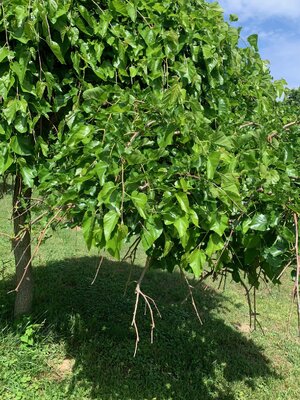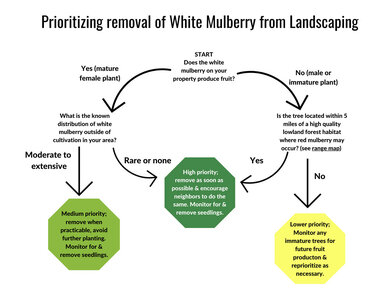Native Hunter
Well-Known Member
I was noticing the weeping mulberry in my yard today and how the deer come in at night and devour the low hanging branches. I've always known that mulberry is a favored browse species - I think right up there with apple. A weeping mulberry might just be the perfect browse plant because of how it weeps. All of the new growth is going down within reach of the deer rather than up in the air like lots of other plants. And as you can see, my tree looks healthy despite all of the carnage. Just thinking out loud.........
Oh yea....I love those tasty little mulberries and the deer do too.......

Oh yea....I love those tasty little mulberries and the deer do too.......


